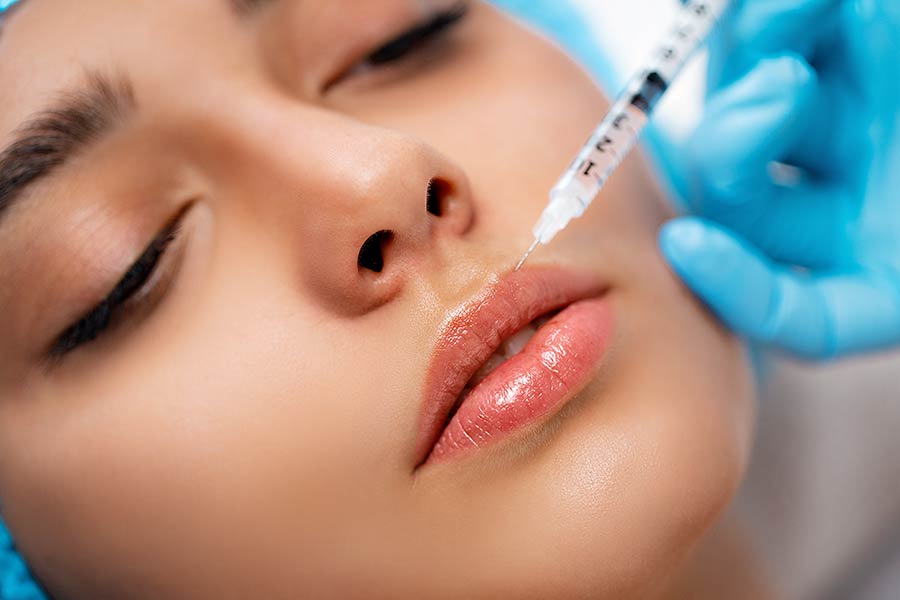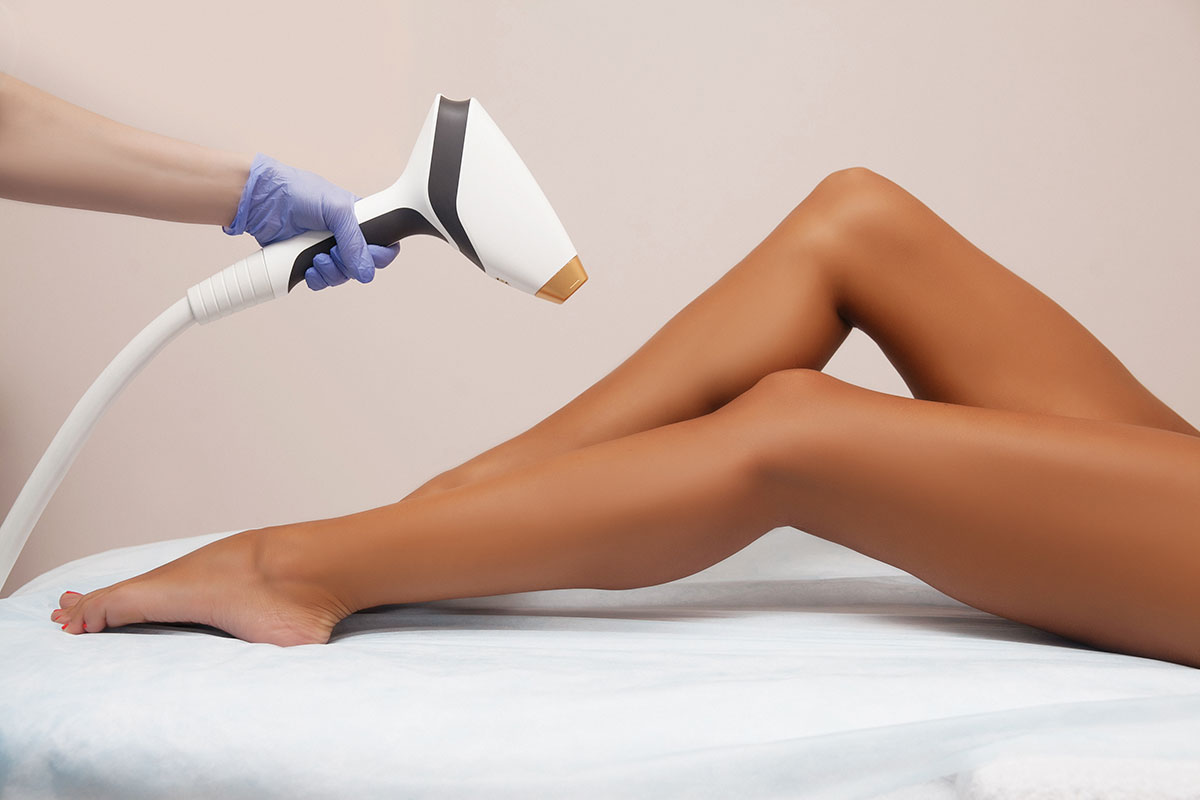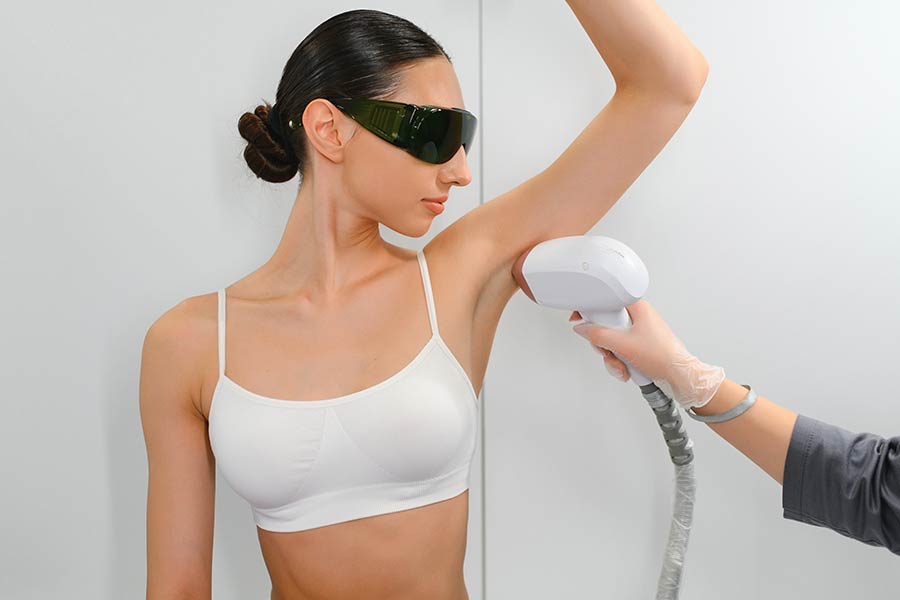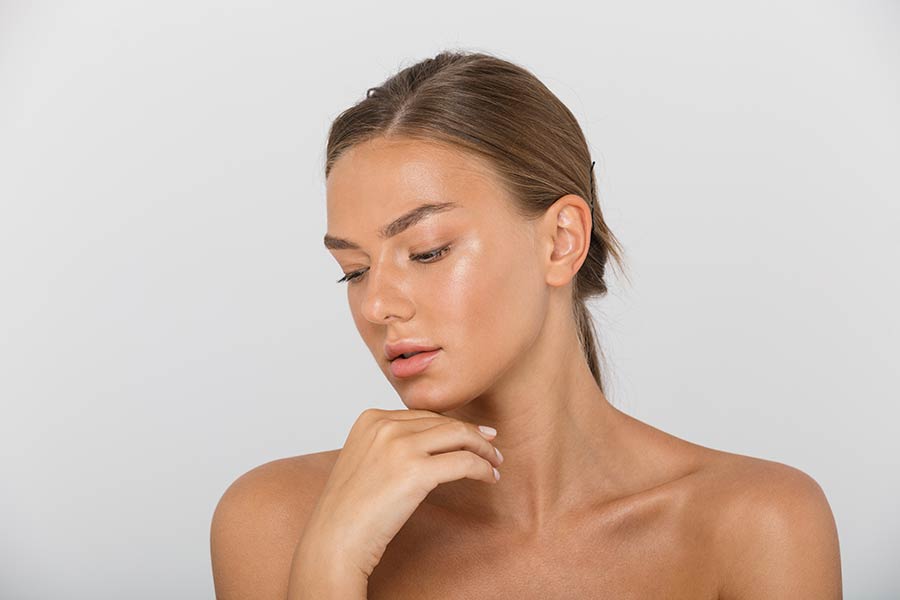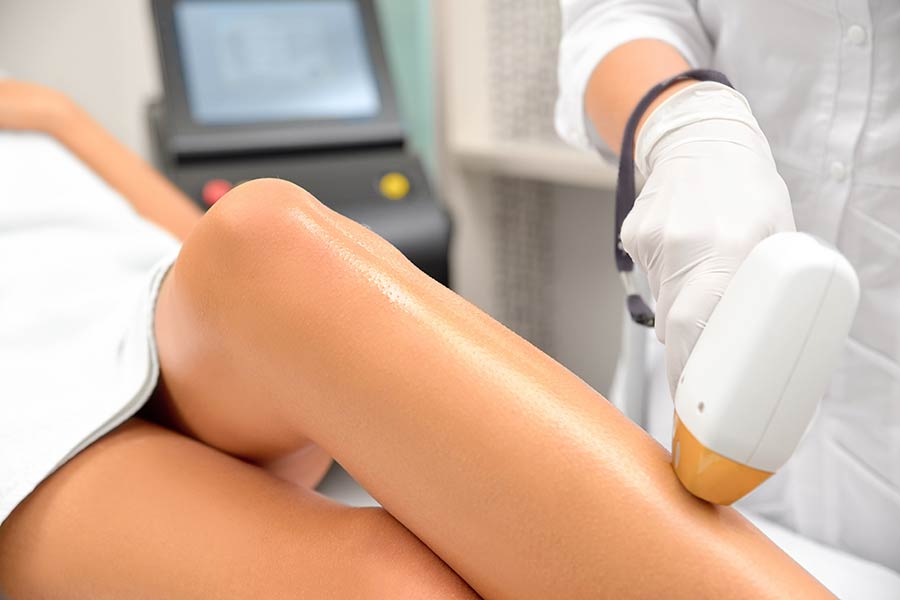Ever wondered why Juvederm types are all the rage in the world of cosmetic treatments? With a range of options designed to meet various beauty goals, understanding the different Juvederm products can feel like unlocking the secret to ageless skin. From smoothing out wrinkles to giving your lips that enviable plumpness, each type has its unique superpower. This guide dives into what sets each Juvederm filler apart, making it easier for you to decide which one might be your ticket to turning back the clock on your appearance or enhancing your natural features. Let's get straight to the point and explore how these wonder-products can bring out the best in your skin.
Key Takeaways
- Juvederm is a versatile filler used for smoothing wrinkles, plumping lips, and more. It's important to understand its uses to choose the right type for your needs.
- There are various types of Juvederm, each designed for specific areas and concerns. Knowing the differences can help you make an informed decision.
- The effectiveness of Juvederm depends on proper application. Learning how it works can demystify the process and set realistic expectations.
- Choosing the right type of Juvederm is crucial for achieving desired results. Consider factors like treatment area and desired outcome when deciding.
- Proper preparation for Juvederm treatment can enhance results and minimize risks. Follow pre-treatment instructions closely for the best outcome.
- Aftercare is key to recovery and longevity of Juvederm effects. Adhere to aftercare instructions to maintain results and monitor for any side effects.
Understanding Juvederm
Basics of Fillers
Fillers are substances injected under the skin. They help smooth lines and restore volume. Cosmetic treatments often use them to enhance facial features. There are two main types: temporary and permanent. Temporary fillers, like Juvederm, are safer and more popular. They get absorbed over time, reducing risks.
Permanent fillers last longer but come with higher risks. The U.S. Food and Drug Administration (FDA) approves common fillers for safety. Always choose FDA-approved products for cosmetic procedures.
Role of Hyaluronic Acid
Hyaluronic acid is a substance our bodies naturally produce. It keeps the skin hydrated and voluminous. This makes it an excellent choice for fillers.
Its ability to attract water helps maintain skin moisture levels. That's why hyaluronic acid-based fillers like Juvederm are so popular. They provide natural-looking results by enhancing the body's own hydration system.
Benefits for Aging Skin
Fillers can significantly reduce signs of aging. They diminish wrinkles and prevent sagging skin. The improvement in skin texture and firmness is noticeable.
One major benefit is their non-surgical nature. Fillers offer a way to rejuvenate aging skin without surgery. This makes them a preferred option for many seeking youthful appearance improvements.
Types of Juvederm Explained
For Lips Enhancement
Fillers are a game-changer for enhancing lips. They add volume and shape, making lips fuller. Each procedure is tailored to the individual, ensuring a natural look. The best part? There's minimal downtime. You can enjoy your new lips almost immediately.
For Facial Contours
Fillers aren't just for lips. They work wonders on cheekbones and jawlines too. If your face feels uneven, fillers can help correct that. They bring balance and symmetry, all without surgery. This non-invasive method reshapes your facial contours beautifully.
For Fine Lines
Early signs of aging don't stand a chance against fillers. They smooth out fine lines with precision. Targeting specific areas is easy, offering quick results. You'll see improvements right away, making your skin look younger and fresher.
For Deep Wrinkles
For deeper lines, certain fillers are more effective. They fill in creases, giving you a smoother complexion. This approach provides a youthful look without needing surgery. It's an excellent option for those wanting to lessen the appearance of deep wrinkles.
How Juvederm Works
Science Behind It
Juvederm fillers work by restoring volume and smoothing lines beneath the skin. They use a gel made from hyaluronic acid, a substance naturally found in the skin. This gel adds volume where it's needed.
The skin responds to these fillers by retaining moisture better. This makes the skin look fuller and smoother. Research shows that Juvederm is both effective and safe for cosmetic use. Studies highlight its ability to improve skin appearance with minimal side effects.
Immediate Effects
One of the biggest advantages of Juvederm is the quick visibility of results. Patients often see a difference right after treatment. They report feeling more youthful and satisfied with their appearance.
However, some might experience swelling or redness at first. This usually fades within a few days, leaving behind the desired effects.
Longevity of Results
How long Juvederm lasts depends on several factors. These include the type of filler used, the area treated, and individual patient differences.
On average, results can last from six months to two years. But, lifestyle choices and skincare routines play a crucial role in maintaining these effects longer. Regular touch-ups can help extend the life of filler results.
Choosing the Right Type
Assessing Needs
Understanding your aesthetic goals is crucial when choosing a Juvederm type. Each filler targets specific areas: some add volume to cheeks, others smooth out lines, or enhance lip contours. It's not just about filling in gaps; it's about sculpting and enhancing features in a way that looks natural and meets personal expectations.
A tailored approach ensures treatments align with individual needs. For instance, Juvederm Voluma XC works wonders for adding cheek volume, while Juvederm Ultra XC might be the go-to for someone looking to plump their lips. Recognizing these differences helps in selecting the most suitable filler for achieving desired results.
Professional Consultation
Consulting with a certified professional is non-negotiable for filler treatments. These experts evaluate facial structure, skin quality, and aesthetic desires to recommend the best Juvederm product. During a consultation, expect an in-depth discussion about what each filler can do and how it can bring you closer to your beauty objectives.
The role of this consultation extends beyond mere product selection; it sets realistic expectations. Professionals provide insights into what fillers can achieve and ensure patients have a clear understanding of potential outcomes. This step is vital in ensuring satisfaction with the treatment process and final results.
Preparing for Treatment
Before Appointment
Before your Juvederm treatment, it's crucial to avoid certain medications and supplements. These include aspirin, ibuprofen, and fish oil. They can increase bruising and swelling at the injection site. Your doctor might give you a list of what to avoid a week before your appointment.
Staying hydrated and well-rested is also important. Drink plenty of water and ensure you get enough sleep the night before your treatment. This helps your body recover faster.
e clinics recommend pre-treatment skin care or testing. This could be to check for allergies or to prepare your skin for the best possible results. Make sure to follow any advice they give you.
What to Expect
The duration of a Juvederm procedure usually ranges from 15 minutes to an hour. It depends on the areas being treated. Most people find the process comfortable, thanks to numbing creams or local anesthesia.
After the treatment, expect some redness, swelling, or bruising. These effects are temporary and should fade within a few days. There's minimal downtime, so you can return to most daily activities immediately.
Follow-up care is crucial for achieving the best results. Your doctor will likely schedule a follow-up appointment to assess how well the filler has settled. They'll also provide instructions on how to care for your skin post-treatment.
During the Procedure
Steps Involved
The procedure begins with the cleansing of the target area. This step is crucial for preventing infections and ensuring a safe treatment process. Following cleansing, a numbing cream or ice might be applied to minimize discomfort during the injection. This preparation phase is key, especially for those who have sensitive skin or are concerned about pain.
Next, the healthcare professional will carefully mark the areas where Juvederm will be injected. This step requires precision and customization based on the patient's facial structure and desired outcomes. The actual injection process is quick, often taking only a few minutes per site.
After injecting Juvederm, the practitioner may gently massage the treated areas. This helps evenly distribute the filler and shapes it according to the targeted outcome. Finally, patients receive post-care advice which typically includes avoiding excessive sun exposure and not applying pressure on the treated areas for a few days.
Comfort Measures
To ensure a comfortable experience, professionals often use topical anesthetics before proceeding with injections. Some clinics offer additional options like ice packs or vibrating tools that distract from the sensation of injections.
Techniques used by experienced practitioners play a significant role in minimizing discomfort. They know how to inject fillers smoothly and quickly, reducing the duration of any potential discomfort. Most people find Juvederm treatments to be generally well-tolerated, with minor sensations described as brief pinches.
Patients report varying levels of sensitivity; however, advancements in filler formulations include lidocaine, an anesthetic that further reduces pain during and after the procedure. This addition has made treatments more comfortable than ever before.
Aftercare and Recovery
Immediate Aftercare
After the Juvederm procedure, immediate aftercare is crucial for healing and achieving the best results. Applying ice to the treated areas helps reduce swelling and bruising. It's important to use a clean cloth between the ice and your skin to avoid irritation.
Patients should avoid strenuous activities for at least 24 hours post-treatment. This precaution helps prevent increased blood flow from exacerbating swelling or bruising.
Skincare and sun protection are also key. Use gentle products that do not irritate the skin. Always apply a broad-spectrum sunscreen before going outdoors. This protects the skin and maintains the effects of the treatment.
Managing Side Effects
Common side effects include swelling, bruising, and redness at the injection sites. These are usually mild and disappear within a week. Remember, these signs show your body is healing.
If symptoms persist or if you notice signs of infection like fever or unusual pain, contact your healthcare provider immediately. This ensures any potential complications are addressed early.
To minimize side effects, avoid touching or massaging the treated areas unless instructed by your practitioner. Also, stay away from extreme temperatures like saunas or very cold environments for a couple of days.
Ensuring Longevity
To maintain Juvederm's effects for as long as possible, follow a healthy skincare routine. Hydrate well and use products rich in vitamins A and C to support skin health.
Regular follow-up treatments can prolong the filler's benefits. Your healthcare provider can recommend an optimal schedule based on your individual needs.
Embrace healthy habits like staying hydrated, eating a balanced diet rich in antioxidants, and avoiding smoking. These practices not only enhance longevity but also improve overall skin condition.
Safety and Side Effects
Common Concerns
Many people worry about the pain during Juvederm injections. The good news is, most formulas contain lidocaine, a numbing agent. This makes the process more comfortable.
Aftercare tips help with swelling or bruising. So, following your provider's advice is key.
Choosing the right type of filler can be confusing. Experts say it depends on your goals and skin type. A professional consultation is crucial here.
e fear fillers will make their faces look unnatural. But, skilled providers aim for a natural appearance. They use the right amount of product in precise locations.
Another concern is permanence. Most hyaluronic acid-based fillers like Juvederm are reversible. If you're not happy with the results, an enzyme called hyaluronidase can dissolve the filler.
Rare Complications
While Juvederm is safe, rare complications exist. These include:
- Infection
- Allergic reactions
- Vascular occlusion (blockage of blood vessels)
Choosing a qualified provider reduces these risks significantly. They know how to avoid critical areas and manage any complications that may arise.
Protocols are in place for unexpected reactions or results. Providers have strategies to address issues promptly and effectively.
Final Remarks
Juvederm offers a range of products tailored to meet your specific skincare needs, from smoothing wrinkles to enhancing facial features. Understanding the different types, how they work, and what to expect before, during, and after treatment helps you make informed decisions about your skincare journey. Safety and side effects are crucial considerations, ensuring you can enjoy the benefits of Juvederm with confidence. Trust in the expertise of your healthcare provider to choose the right type for you and follow their guidance for preparation, procedure, and aftercare for the best results.
Ready to take the next step towards a more youthful appearance? Reach out to a certified professional today and discover how Juvederm can enhance your natural beauty. Embrace the journey with confidence, knowing you're well-informed and prepared for what lies ahead. Your path to radiant skin starts now.
Frequently Asked Questions
What are the different types of Juvederm?
Juvederm offers several formulas, including Juvederm Voluma XC for cheeks, Volbella XC for lips and lines around the mouth, and Ultra XC also for lips. Each is designed to target specific areas and concerns, providing tailored results.
How does Juvederm work?
Juvederm works by using hyaluronic acid, a natural substance in the skin that adds volume and hydration. When injected, it helps smooth wrinkles, restore volume, and enhance facial contours.
How do I choose the right type of Juvederm?
Choosing the right Juvederm product depends on your aesthetic goals and the area you wish to treat. A consultation with a certified professional can help determine which formula will best meet your needs based on your skin type and desired outcome.
What should I do to prepare for Juvederm treatment?
To prepare, avoid alcohol, NSAIDs, and fish oil supplements for at least a week before treatment to reduce bruising. Stay hydrated and inform your provider about any medications or supplements you're taking.
What happens during a Juvederm procedure?
During the procedure, the targeted area is cleaned, and a topical numbing cream may be applied. The chosen Juvederm product is then carefully injected into specific areas to achieve desired results. The process typically takes 15-60 minutes.
What does aftercare involve post-Juvederm injection?
Aftercare involves avoiding strenuous exercise for 24 hours, keeping the treated area clean, applying ice if needed for swelling, and not exposing the area to extreme heat or cold until swelling and redness subside.
Are there any side effects associated with Juvederm?
Common side effects include temporary redness, swelling, pain at the injection site, bruising, or itching. These typically resolve within a few days. More serious side effects are rare but can include infection or allergic reactions; consult a professional immediately if you experience unusual symptoms.




